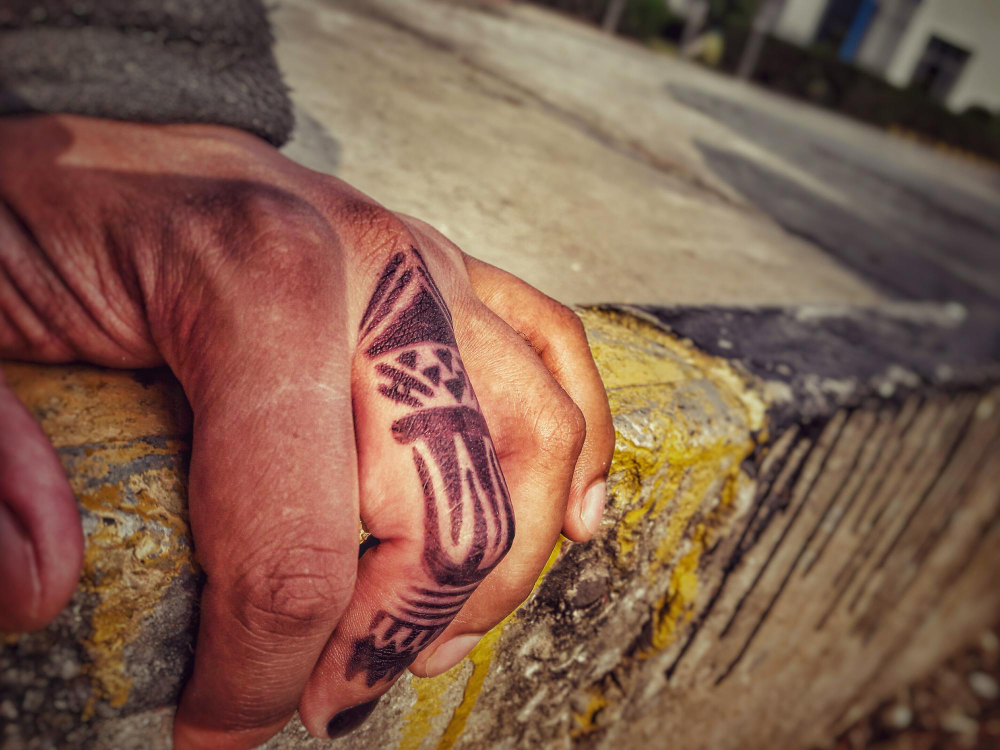Tattooing techniques have evolved from the beginnings of this ancient art to the present day. Some of them are still used, becoming almost ritual processes.
As you already know, in our studio we create, among others, fine line tattoos in Madrid. Any of these styles originates from these techniques. Today we travel through history to tell you which are the most important ones.
Traditional tattooing techniques, an ancestral art
Since the Neolithic, tattoos have been part of the culture and identity of peoples around the world. Egypt, Polynesia, Japan, the Middle East… There are many places where body adornment is a ritual practice that shapes ancient traditions.
Despite technological advances in tattoo machines, many cultures still prefer their ancestral techniques.
The most important techniques in history
Japanese
-
This technique, called Tebori, means “handmade”.
-
Japanese culture is very strict about traditions, so only certain experts from each area are allowed to practice it.
-
It is performed with very fine needles placed on the skin with one hand, while pressure is applied from above with the other hand, slowly puncturing the skin.
-
When the needles are lifted from the skin, they make a characteristic sound of the Tebori technique.
-
This sound is called “shakki,” which means chess, because it resembles the sound of moving chess pieces.
Samoan
-
This Maori technique is used in many parts of Polynesia.
-
Procedures vary depending on the region, but they are always based on the original method.
-
It is done with a wooden stick tipped with bones, like a chisel.
-
Another stick strikes the first, driving the bones into the skin to create the design.
-
In some Polynesian cultures, albatross bones are used.
-
Although these are ancestral techniques of Polynesian natives, many tourists also request them.
Thai
-
Initially, it was used for religious purposes to draw Buddhist symbols.
-
Nowadays, it is also associated with protective magic.
-
It is done with a long tube with a thin tip at the end.
-
The tip is dipped in black ink and inserted into the skin, leaving the permanent mark of the drawing.
-
Today, the tube is made of metal for hygiene reasons.
-
The person who performs this technique is granted leadership and magical abilities.
These traditional tattooing techniques have not been lost; it is still possible to adorn the body with them in their places of origin.
However, nowadays, procedures and techniques are very different. We now use modern machines with very fine needles, which improve the final result and reduce pain.


